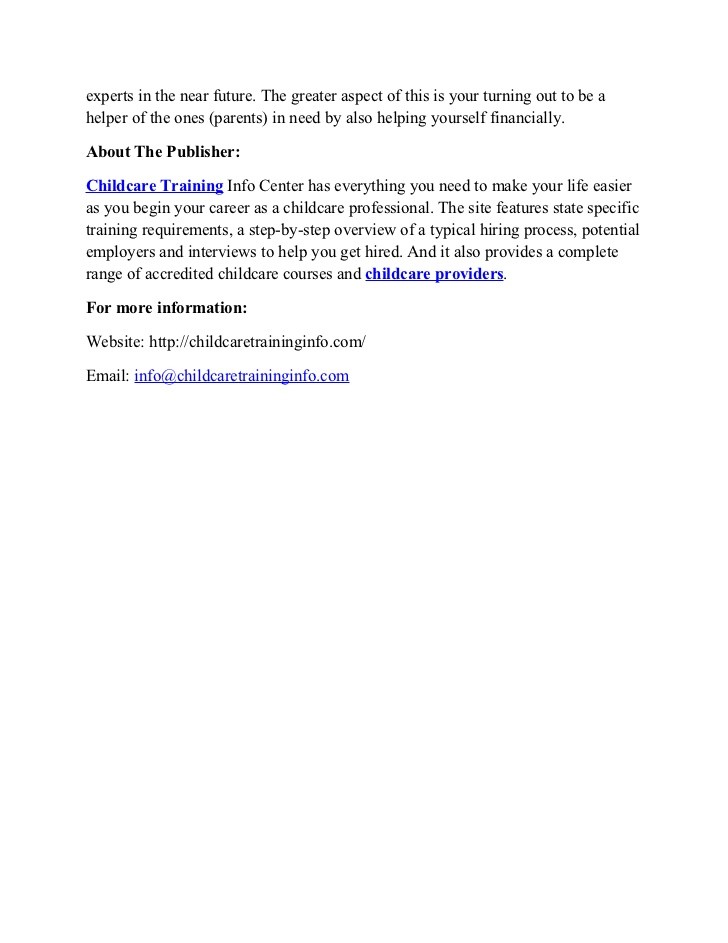3 Things in need to know
Post on: 10 Май, 2015 No Comment

3 things amazon.com, inc. investors need to know
Shares of Amazon.com (NASDAQ: AMZN ) have soared over the past month as the market continues to value Amazon based on extremely optimistic assumptions. The argument that Amazon produces loads of cash flow, making up for its lack of net income, is something Ive taken on in previous articles about the companys extensive use of capital leases and how the cloud computing business is a giant money pit.
Here are a few other things about Amazon that investors need to know.
Amazons marketing spending is exploding
Given that Amazon has become the first place that many people go when buying things online, particularly for the tens of millions of Amazon Prime members, it would seem as though Amazon wouldnt need to spend huge sums of money on marketing. However, not only is Amazons marketing spend exploding, but its also growing faster than revenue.
Where are all these marketing dollars going? According to Amazons 10-K, the increase in marketing spend over the years has gone primarily to online marketing channels, such as search advertising, as well as television advertising. Amazon is spending a tremendous amount of money driving people to its site.
It seems like this shouldnt be necessary. While Amazon doesnt disclose the total number of Prime members, analyst estimates go as high as 50 million. This may be an optimistic figure, but Amazon has stated that there are tens of millions of Prime members in the past. Estimates for how much the average Prime member spends vary: RBC puts it at $538 annually, while Consumer Intelligence Research Partners puts it at $1,500 annually.
Tens of billions of dollars are coming in through Prime members each year, a significant chunk of Amazons total revenue, presumably without much prodding via advertisements. While some of Amazons marketing spending is likely going toward trying to grow the Prime user base, the companys efforts are getting less effective over time, with an increasing percentage of revenue going toward marketing each year.
As both a percentage of revenue and in absolute terms, Amazon vastly outspends Wal-Mart, Target, and Best Buy when it comes to marketing. Wal-Mart manages to spend just 0.5% of its revenue on marketing, and this stingy advertising budget has been a trait of the company throughout its history.
Amazons starting to near department-store levels of marketing as a percentage of revenue, even though it doesnt have department-store margins. Great retailers dont need to spend heavily on marketing to persuade people to buy things Costco doesnt even have a marketing budget, for example. But thats clearly not the case at Amazon.
A rising gross margin?
Over the past few years, Amazons gross margin has been expanding. After hovering around 22%-23% from 2006-2011, gross margin reached 29.5% in 2014, rising in each of the past three years.
If Amazons only business was retail, this would be a great triumph, as it would signal that the company was able to pass off higher prices to its customers. But Amazon has been growing two businesses rapidly in the past few years, its third-party marketplace and Amazon Web Services, and this growth has caused Amazons gross margin to become decreasingly relevant.
Why? Heres what Amazon counts when determining the cost of sales:
Cost of sales consists of the purchase price of consumer products and digital media content where we record revenue gross, including Prime Instant Video, packaging supplies, and inbound and outbound shipping costs, including sortation and delivery centers, and related equipment costs.
Cost of sales doesnt include fulfillment for either the retail business or the third-party business, which totaled $10.8 billion in 2014, and it doesnt include depreciation from Amazon Web Services, which is counted instead under technology and content spending. This means that the third-party business and the cloud computing business operate at very high gross margins, skewing the gross margin for the entire company.
The fact that the gross margin has grown over the past few years tells investors absolutely nothing about the core retail business. A more relevant number would be the operating margin, which has been in decline since 2011.

Growing interest payments
In 2014, Amazon paid $210 million in interest payments. While this is only 0.24% of the companys revenue, it completely erased the meager operating profit Amazon managed for the year.
Over the past five years, Amazons interest payments have been growing, thanks to both an increase in debt and the heavy use of capital leases to finance billions of dollars in capital investments.
All signs point to a continuation of this trend. As I pointed out in my article on Amazons capital leases, Amazons true free cash is extremely negative, with the company not bringing in enough cash to pay for all of its initiatives. Amazon sold $6 billion in bonds in December, and if heavy spending continues, more debt offerings are inevitable. These new bonds will carry annual interest payments of around $240 million.
The capital leases also carry interest payments, and as long as Amazon continues to grow its cloud computing business, its use of capital leases will continue to rise. As the percentage of revenue dedicated to interest payments rises, it will become more difficult for Amazon to post a real profit.
Amazons heavy spending is starting to catch up to it, and the finances of the e-commerce giant are looking increasingly precarious.
This $19 trillion industry could destroy the Internet
One bleeding-edge technology is about to put the World Wide Web to bed. It could make early investors wildly rich. Experts are calling it the single largest business opportunity in the history of capitalism The Economist is calling it transformative But youll probably just call it how I made my millions. Dont be too late to the party click here for one stock to own when the Web goes dark.
Timothy Green owns shares of Best Buy. The Motley Fool recommends Amazon.com and Costco Wholesale. The Motley Fool owns shares of Amazon.com and Costco Wholesale. Try any of our Foolish newsletter services free for 30 days. We Fools may not all hold the same opinions, but we all believe that considering a diverse range of insights makes us better investors. The Motley Fool has a disclosure policy.














